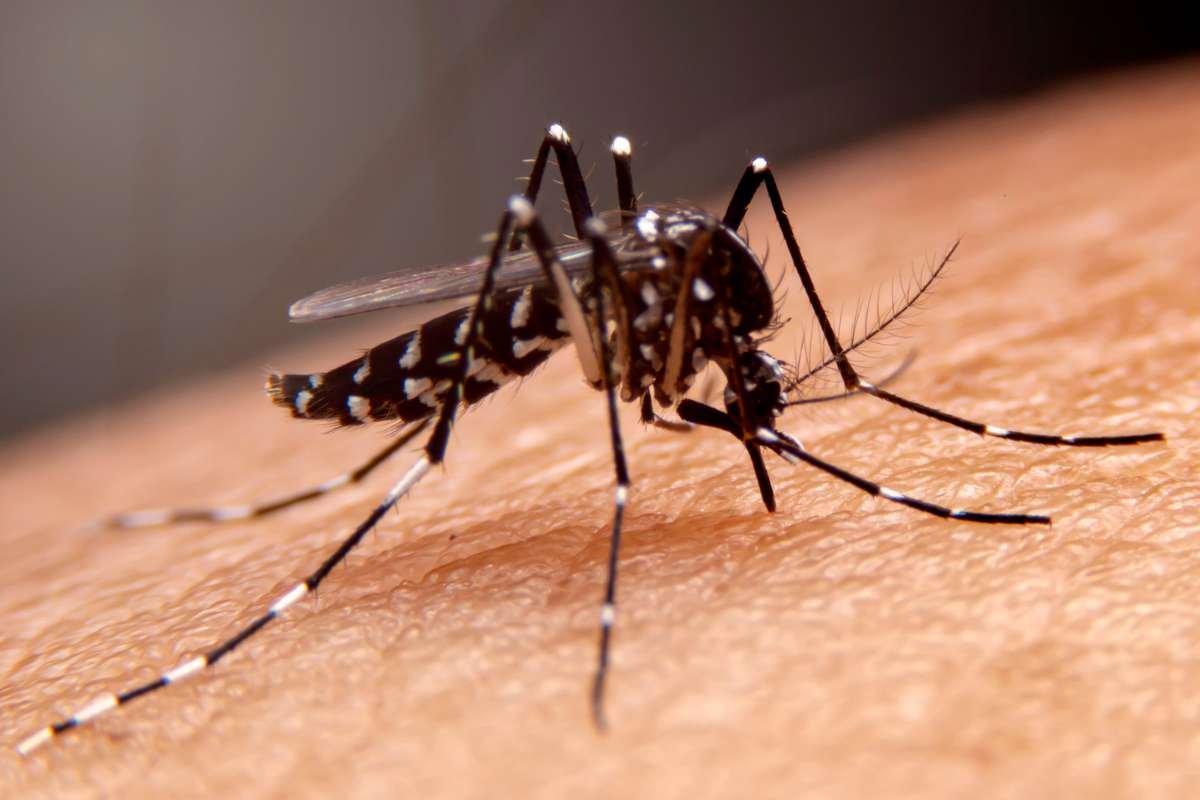Breakthrough Study Sheds Light on RNA-Based Drug Delivery
A groundbreaking RNA research study published in eLife on February 4, 2025, has unveiled new insights into how RNA molecules influence multiple generations. Conducted by researchers at the University of Maryland, the study used microscopic roundworms as a model to understand how double-stranded RNA (dsRNA) enters cells and affects gene expression across future generations.
RNA-based medicines have shown immense promise in treating various diseases, as demonstrated by the recent success of RNA vaccines and dsRNA therapies. However, a significant hurdle in the field remains—ensuring that these molecules can efficiently enter cells to exert their therapeutic effects. The University of Maryland team discovered multiple pathways through which dsRNA can enter cells, a finding that could enhance the development of RNA-based treatments in humans.
Discovery of a Key Protein Regulating Gene Inheritance
The RNA Research team identified a crucial protein called SID-1, which plays a pivotal role in transferring dsRNA between cells. Interestingly, SID-1 also appears to regulate gene expression across generations. In their experiments, the scientists removed SID-1 from the roundworms and observed an unexpected phenomenon—gene expression changes were passed on to their offspring more efficiently. These inherited modifications persisted for over 100 generations, even after SID-1 was reintroduced.
Lead researcher Antony Jose highlighted the importance of this discovery, noting that similar proteins exist in other animals, including humans. “Understanding how SID-1 controls RNA transfer between cells could pave the way for more precise and effective RNA-based therapies,” Jose explained. “This could even lead to potential interventions in inherited disease states.”
These findings suggest that SID-1 functions as more than just a transporter—it also serves as a regulator of intergenerational genetic changes. The implications for human medicine are significant, as researchers explore ways to harness this mechanism for therapeutic applications.
Self-Regulating Genes and the Role of Jumping Genes
In addition to SID-1, the RNA Research team identified another key player in genetic stability—a gene called SDG-1, which regulates the activity of jumping genes. Jumping genes, or transposable elements, are DNA sequences capable of moving within the genome, sometimes leading to mutations or disruptions in normal gene function. While these genetic movements can introduce beneficial variations, they also pose a risk of causing disease.
The RNA Research team discovered that SDG-1 exists within a jumping gene but produces proteins that regulate its movement, creating a self-regulating loop. This mechanism helps maintain a balance, preventing excessive jumping activity that could be detrimental. “It’s like a thermostat controlling temperature—there needs to be a balance to ensure stability without completely shutting down necessary genetic changes,” Jose noted.
With these findings, scientists have taken a crucial step toward understanding how organisms regulate their genes across generations. Future research will focus on how different types of dsRNA are transported, where SID-1 is localized, and why some genes are heritably regulated while others are not. This knowledge could significantly impact the future of RNA-based drug development and hereditary disease treatment.







